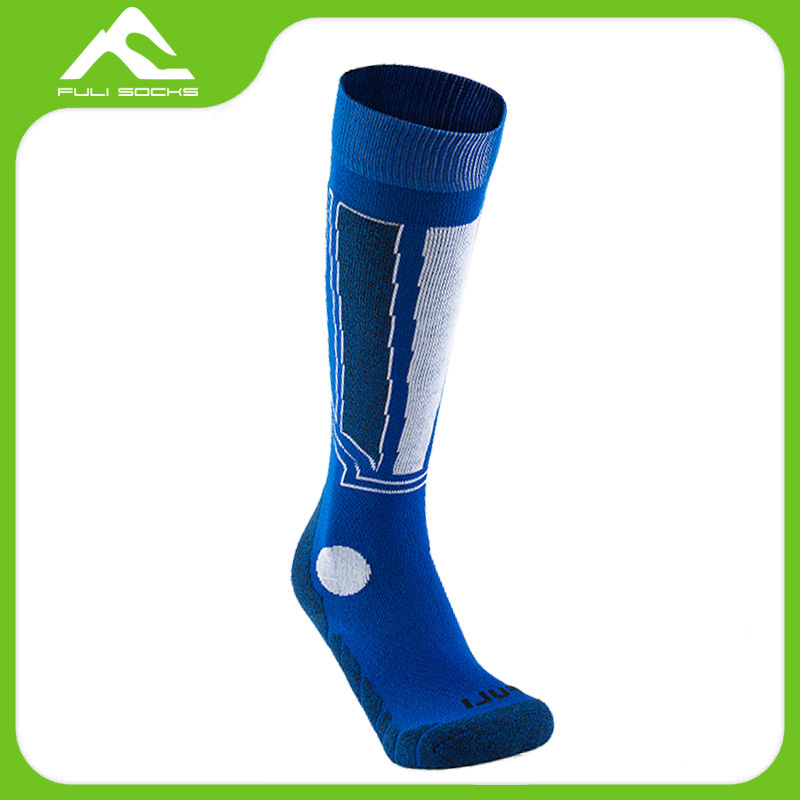Considerations regarding compression athletic socks
2024-01-08
Compression athletic socks are specialized socks designed to provide graduated compression to the legs, particularly the calf muscles and lower extremities. These socks are commonly used by athletes and individuals engaged in physical activities for various reasons, including enhanced performance, improved recovery, and the prevention of certain conditions. Here are key features and considerations regarding compression athletic socks:
1. Graduated Compression:
- Compression socks feature graduated compression, meaning that the pressure is highest at the ankle and gradually decreases as the sock moves up the leg. This design promotes better circulation and helps prevent blood from pooling in the lower extremities.
2. Material:
- Compression athletic socks are typically made from a blend of materials, including nylon, spandex, and elastane. These materials provide stretch, durability, and moisture-wicking properties.
3. Compression Levels:
- Compression socks come in various compression levels, measured in millimeters of mercury (mmHg). Common compression levels include mild (8-15 mmHg), moderate (15-20 mmHg), and firm (20-30 mmHg). The choice of compression level depends on individual needs and preferences.
4. Improved Circulation:
- The primary benefit of compression socks is the improvement of blood circulation. By applying pressure to the legs, these socks help facilitate the return of blood to the heart, reducing swelling and the risk of conditions like deep vein thrombosis (DVT).
5. Reduced Muscle Fatigue:
- Compression socks are believed to help reduce muscle fatigue during physical activities by providing support to the calf muscles. This support can be beneficial for athletes engaging in running, cycling, or other high-impact sports.
6. Prevention of Shin Splints:
- Compression socks may help prevent or alleviate shin splints, a common issue among runners and athletes. The compression provides additional support to the muscles and tissues in the lower leg.
7. Enhanced Performance:
- Some athletes use compression socks to enhance their performance during training and competitions. The improved circulation and muscle support can contribute to better endurance and recovery.
8. Quicker Recovery:
- Compression socks are often worn post-exercise to aid in recovery. The enhanced circulation helps remove metabolic waste products from the muscles, reducing soreness and accelerating the recovery process.
9. Travel:
- Compression socks are commonly recommended for long flights or extended periods of sitting, as they can help prevent swelling and discomfort associated with poor circulation during travel.
10. Varicose Vein Prevention:
- Compression socks may assist in preventing or managing varicose veins by supporting the veins and improving blood flow.
11. Fit and Sizing:
- Proper fit is crucial for the effectiveness of compression socks. They are available in various sizes, and individuals should choose the size that corresponds to their measurements for optimal compression benefits.
12. Moisture-Wicking:
- Many compression socks are designed with moisture-wicking properties to keep the feet dry and comfortable during physical activities.
It's important to note that while compression athletic socks offer various benefits, individuals with certain medical conditions should consult with a healthcare professional before using them. Additionally, the choice of compression level and brand may vary based on personal preferences and specific health considerations.



